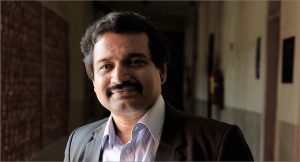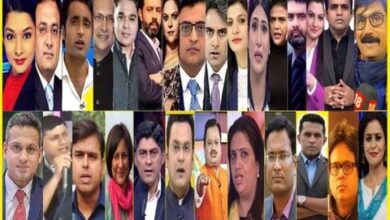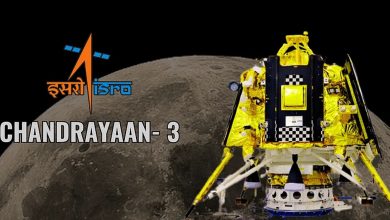Content will always remain the King
Print continues to grow

Prof K G Suresh , Ex DG, IIMC, Delhi
History is divided broadly in two categories – Before Christ (BC) and Anno Domini (AD). In view of the revolutionary changes in the media in the past one decade, it would not be an exaggeration to divide media history also into two broad categories – Before Google (BG) and After Google (AG).
Beginning with cave paintings, the hallmarks of the Before Google era included use of drummers and town criers, news carved on stones and metals and displayed at public places as in Roman Republic in 59 BCE in the form of ‘Acta Diurna’, inscriptions on pillars and stones as found at various places in India related to Ashoka period, use of pigeons and horse riders even by modern news agencies like ‘Havas’ and ‘Reuters’, invention of paper and printing methods, invention of modern printing press in Europe by Johannes Gutenberg in 1450s besides invention of telegraph, telephone, radio, telex and television.
The advent of mobile phone, internet, smartphone, etc, marked the commencement of the After Google era with the transformation in technology changing the entire process of news gathering, processing and dissemination in the newsrooms.
Newsrooms the world over are witnessing unprecedented technological changes with Artificial Intelligence and Robotics gradually replacing manpower. The Indian newsrooms too are slowly but steadily trying to catch up with the best of the world.
We have progressed from the age of information to conversation within a short span of time. The emphasis of the global media is no more on reach but engagement. The challenge is no more about attracting viewership but retaining them as attention spans are getting reduced to seconds.
With ever increasing internet penetration and burgeoning growth of OTT platforms, the Indian media market too has become techno savvy. Terms like Mobile Journalism, Data Journalism, animation, comics and visual effects have become common parlance. Citizen Journalism, Hashtag Journalism and integrated newsrooms are the buzz words. Social media has democratised the media environment like never before and media houses are investing big time on digital platforms. The Government too has responded to the changing scenario by approving 26% FDI (foreign direct investment) in digital media platforms, earlier applicable only to print media in the country.
Yet, bucking the global trend, the print continues to grow. Indian language media too is growing by leaps and bounds fuelled by increasing literacy rates and assertion of linguistic identity by the younger generation. Particularly for the neo- literates, newspaper continues to be the symbol of empowerment and with the institution of editorial strongly in place, the print continues to rule the hearts with its credentials of credibility and authenticity notwithstanding aberrations and deviations.

How this massive technological transformation is impacting the media in a multi-cultural, multi linguistic and socio-economically diverse rainbow nation such as India is being keenly watched the world over. But one thing is for sure.
Irrespective of the technological changes, content will always remain the king or the queen. In this Darwinian struggle for survival and survival of the fittest, the medium with the better content will have the last laugh.
(The author is Founder Dean, School of Modern Media, UPES, Dehradun & Ex DG, Indian Institute of Mass Communication , Delhi )





